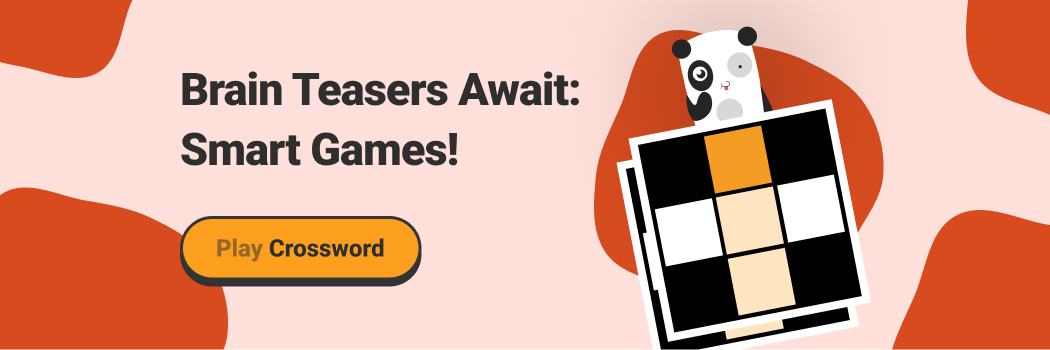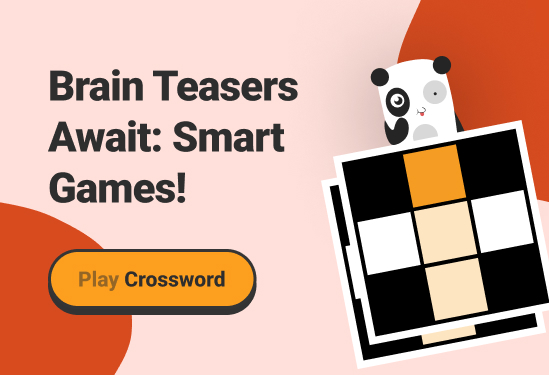
Space10 And IKEA Launch Digital Experiments That Take Us Beyond The Home Without Leaving It (7 Pics)
SPACE10 + IKEA released new digital experiments on their evolving experimentation platform EverydayExperiments.com. Reflecting on our time confined indoors, collaborators explored both ways to escape and solve problems at home to make every day a little bit better.
What if, instead of seeing your living room as a place to relax, it turned into an evolving playground of obstacles designed to keep you agile, alert, and sharp. Imagine that as you walked through your home, a meadow of flowers blossomed beneath your feet. What if the oddball ingredients that might otherwise be wasted in your kitchen could become a restaurant-worthy dish through the clever use of an algorithmic chef app? Activating creativity and wonder through technologies, the projects explore new ways to experience life at home.
A series of digital experiments, Everyday Experiments aims to explore the role of technology in the home and take every day and make it extraordinary. In this round, the experiments explore technologies like AI, IoT, Machine Learning, Augmented Reality, and Spatial Audio.
More info: everydayexperiments.com
Everyday experiments: looking at home through the lens of technology
“Last year, the home had to meet a myriad of needs and expectations. With this in mind, we played with the idea of how we can go someplace far away from the rooms we are in by changing the space or sound of our home through technology. Some experiments take us on a whimsical journey, others provide services like helping you cook dinner by identifying how seemingly random ingredients could come together. Other experiments challenge the definition of home. For instance, a room is turned into an obstacle course that – through the research of Arakawa and Madeline Gins – speculate how a constant state of abstraction and motion in the home can keep minds active,” says Georgina McDonald, Lead Design Producer, SPACE10.
Through projects with forward-thinking collaborators, SPACE10 and IKEA aim to design innovative solutions for tomorrow by sparking discussions and challenging conventions through new collaborations between research, design, and technology studios.
Kaleidoscopic Home by Tin & Ed
What if you could turn your home into an ever-evolving playground? Kaleidoscopic Home is an augmented reality (AR) application that would enrich your life at home through playful spatial interventions to improve physical and mental well-being. The application explores how you can digitally augment your physical space to encourage a more active, creative, and playful mode of living.
Algorithmic Chef by Osk
What if artificial intelligence could write you a personalized cookbook? The Algorithmic Chef would use object detection and artificial intelligence (AI) to create unique recipes from your ingredients that may have otherwise gone to waste. Using object detection, the application would first visually identify each of the individual ingredients you have on hand. It would then use a Natural Language Processing system (such as OpenAI’s GPT-3) trained on a wide array of recipes to write an original recipe, complete with a title, description, and ingredients. The result would be a personalized meal that uses only the foods you already have and encourages a creative and more sustainable approach in the kitchen.
Mood Blossom by Osk
What if a flower could help you understand your feelings? Mood Blossom would use artificial intelligence (AI) to generate responsive floral avatars that reflect your sense of well-being. The concept of well-being can sometimes feel vague or difficult to visualize, with the quantification of our health often having a negative, rather than a positive impact. This application would provide an intuitive indication of how you feel by using nature as its foundation, offering a balance to more statistical understandings. It would lead you through an interactive experience designed to grasp a sense of your overall well-being, presenting you with a series of prompts to respond to. Then, rather than through language or numerical data, Mood Blossom would use a generative adversarial network (GAN) to produce a personalized flower that represents your current state of well-being.
Virtual Oasis by FIELD.SYSTEMS
What if augmented reality could transport you into a meditative retreat? Virtual Oasis would use augmented reality (AR) and spatial audio to take you on a guided meditation journey, extending the boundaries of your home into a digital paradise. The mixed reality experience explores an ancient technique through modern technology to provide a space for meditation and restoration. Using ambient sounds, Virtual Oasis would guide you into a meditative state, building on listening practices such as sound baths in which participants simply let the experience wash over them as a form of relaxation and stress relief.
Forever Meadow by Pitch Studios
What if you could walk in an endless sanctuary without leaving your home? Forever Meadow is a meditative walking application, one which would invite you on a journey where your moving feet trigger the creation of an endless garden around you. Whilst it might not always be physically possible, many people crave a closer connection to the natural world or simply yearn for the outdoors. Forever Meadow proposes augmented reality as a tool to experience the benefits of meditative walking (a technique used to calm the mind while out and about) from within the home.
Convolution Reverb by Yuri Suzuki
What if spatial audio could turn your living room into The Colosseum?
Convolution Reverb would use spatial audio to allow you to experience new shapes, sizes, and materialities in the rooms in your home. Using smart speakers, the application would sonically morph the dimensions of your room, freely modifying the position, size, shape, and material of walls and ceilings into changed surroundings. You could even shift between customized and real-world locations to experience an entirely new sonic landscape. Many of us find ourselves inside more than ever before, with a lack of diversity in surroundings affecting psychological well-being, and this experiment goes some way toward helping to overcome such challenges.
830views
Share on Facebook
 Dark Mode
Dark Mode 

 No fees, cancel anytime
No fees, cancel anytime 

































13
0